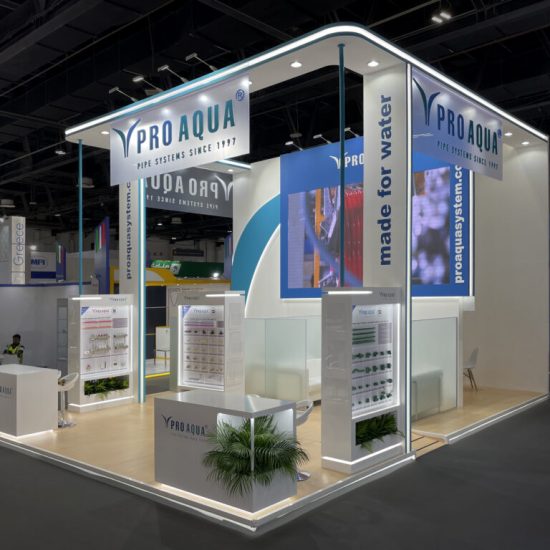Redmond is adding container support to its latest Windows Server 2016. The idea is to help developers deliver applications more quickly so they can keep up in a competitive landscape.
Users will get the first public preview of Windows Server Containers in Microsoft‘s third technical preview of Windows Server 2016 and System Center 2016. The company is also integrating features such as Nano Server functionality and improving its software-defined datacenter tools in an age where many enterprises are looking for ways to accelerate the movement of apps from development to production — and continually improve them.
“DevOps-oriented tools and processes, which offer agile innovation and faster time to market, are empowering both developers and IT to meet this demand and drive new levels of value to their business,” Microsoft said in its announcement. “Containers are increasingly seen as an ideal solution to embrace DevOps giving developers increased agility while reducing operations management challenges for IT.”
What Else Is New?
Developers may flock to containers for the simple reason they can work in just about whatever language they like best, including .NET, ASP.NET, and PowerShell or Python, Ruby on Rails, or Java. Then there’s the previously inked Docker partnership.
Docker is an open platform for distributed applications. Microsoft said the partnership paves the way for the company to deliver container and DevOps features to both Windows Server and Linux users. In fact, Windows Server Containers are now part of the Docker open source project and the containers can be deployed and managed either using PowerShell or the Docker client.
Microsoft is also rolling out updates to Visual Studio and Visual Studio Online that make it possible for developers to use the tools they are already comfortable with to deploy containers.
As of today, developers can create Windows Server Container hosts within Azure, publish their ASP.NET Web or console apps to containers, and then deploy them to container hosts. Soon, Visual Studio Online’s continuous integration and release management capabilities will allow developers to automate the process and manage releases of containerized applications.
What’s Next?
What’s next? An upcoming preview of Windows Server 2016 will include a Windows Server operating system that separates containers from each other and from the host operating system, as well as Hyper-V Containers and a second container deployment option that will provide higher isolation using an optimized virtualization. The idea is to expand the possibilities for deploying containers in mixed operational or lower trust environments.
Finally, the latest preview includes Azure-inspired software-defined datacenter features. The new tools extend the functionality of Microsoft Windows and its app platform. For example, Microsoft added a new Emergency Management Console so users can view and fix networking configurations directly from the Nano Server console, and a new PowerShell script that allows users to create Nano Azure VMs.
Microsoft is also delivering a scalable network controller for centralized network configuration and software load balancer for high availability and performance. On the security front, Shielded VMs enable isolation between the underlying host and virtual machines to protect resources in shared environments. And System Center features enhancements to make it easier for developers to manage virtualized environments.
This entry passed through the Full-Text RSS service – if this is your content and you’re reading it on someone else’s site, please read the FAQ at fivefilters.org/content-only/faq.php#publishers.





